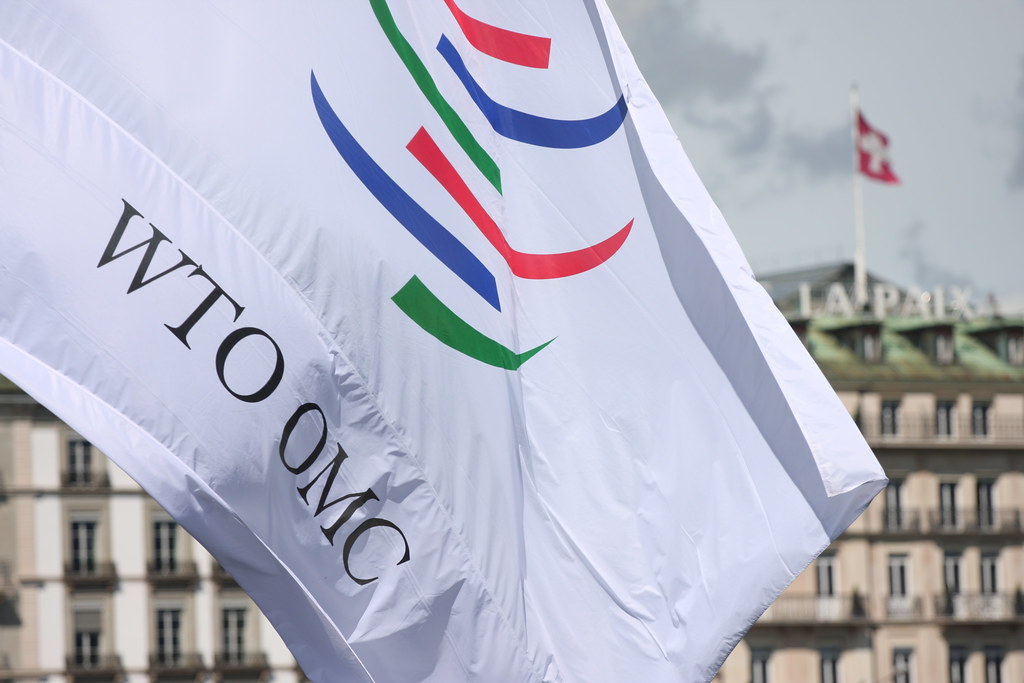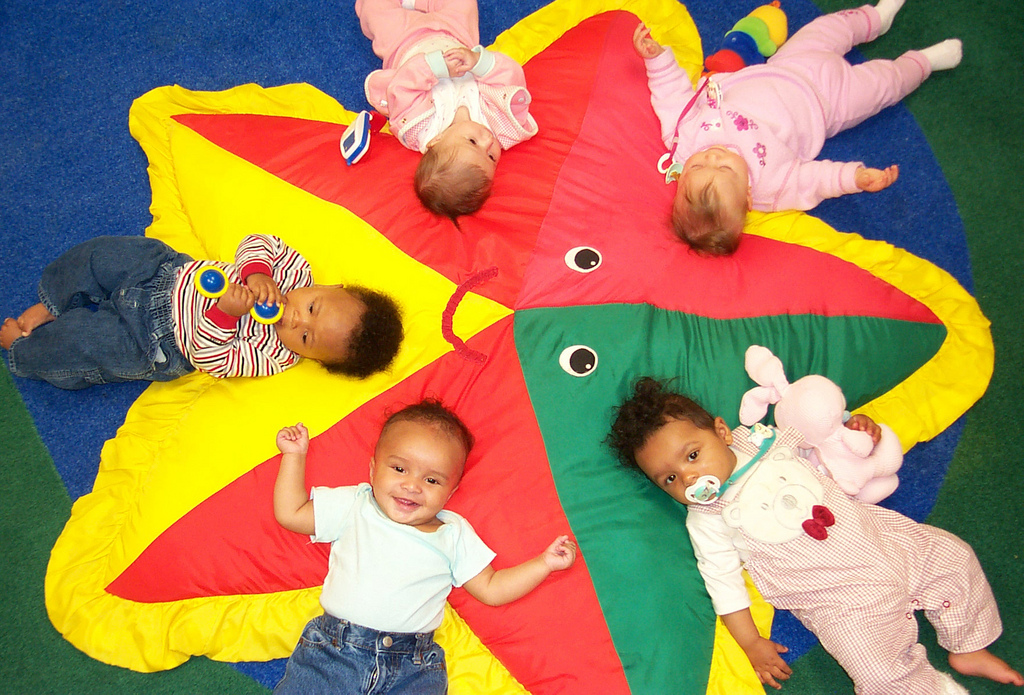By Filza Maqsood
 In 2014 the global chocolate industry was worth $110 billion USD, a figure which is projected to grow by 30% in the next 5 years. As their middle class grows, countries such as China, Brazil and India are expected to dramatically increase their chocolate consumption. In fact, demand for chocolate and cocoa products will far outstrip supply if production is not scaled up. Given the success of the industry, it is unfathomable that child labour continues, although steps have been taken to resolve the issue. However, more pressure needs to be placed on multinational corporations to ensure farmers are paid a fair wage.
In 2014 the global chocolate industry was worth $110 billion USD, a figure which is projected to grow by 30% in the next 5 years. As their middle class grows, countries such as China, Brazil and India are expected to dramatically increase their chocolate consumption. In fact, demand for chocolate and cocoa products will far outstrip supply if production is not scaled up. Given the success of the industry, it is unfathomable that child labour continues, although steps have been taken to resolve the issue. However, more pressure needs to be placed on multinational corporations to ensure farmers are paid a fair wage.
Over two-thirds of cocoa production originates from West Africa, with the Ivory Coast and Ghana as the largest producers. Currently, as many as 1.8 million children work in the cocoa supply chain, where production comes from cooperatives of many small family farms of only a few hectares in size. In addition it is estimated that 10,000 children in the Ivory Coast are victims of slavery or human trafficking associated with the cocoa market. Children are forced to work long hours, carry heavy loads and use machetes to open pods to remove the cocoa beans, making injuries rampant.
The low wage exacerbates the problem of child labour because families cannot afford to send their children to school and need the marginal income their labour provides.
Cocoa farmers in the Ivory Coast currently make $1.56 USD per day, or $570 a year, a poverty wage even for the region. The low wage exacerbates the problem of child labour because families cannot afford to send their children to school and need the marginal income their labour provides. In 2001, the U.S. passed the Harkin-Engel Protocol, an agreement signed by most major chocolate manufacturers and suppliers to eliminate 70% of the worst forms of child labour by 2005. The deadline was subsequently pushed back to 2008, 2010 and most recently to 2020. However, various reports, including a 2011 study by Tulane University, point to little improvement in the area.
As corporate profits continue to rise, the proportion of revenue going to farmers has decreased. Growers in West Africa receive between 3.5 to 6.4 percent of the revenue from the sale of a chocolate bar, a decrease from 16 percent in 1990. In the same time period, manufacturers have increased their margin from 56 to 70 percent.
Public pressure has led many manufacturers to move towards fair trade chocolate, which certifies that no child labour was used and pays a premium of $200 USD over the market price, per ton of cocoa beans. Nestle’s UK subsidiary announced that by the end of 2015 all of its chocolate would be fair trade. Cadbury announced in 2010 its bestselling bar would be exclusively made from fair trade chocolate. Additionally, through the International Cocoa Initiative, a project that links the industry to NGOs, governments and local communities, hundreds of schools have been built and funded in the Ivory Coast and Ghana in the last decade, in the hopes that parents will be encouraged to educate their children and give them a better future.
 Another issue exacerbating the cocoa farmer’s poverty is the decrease in yields due to soil erosion, disease and low technology. Manufacturers have set up R&D centers locally to help grow higher yielding trees. Nestle plans to donate 12 million of these trees to farmers in the region. They explicitly make the connection between higher yields and a more sustainable wage for farmers: “The distribution of these plants is a key activity of the Nestlé Cocoa Plan, which contributes to the growth of farmers’ revenues and to the sustainability of the cocoa supply chain”.
Another issue exacerbating the cocoa farmer’s poverty is the decrease in yields due to soil erosion, disease and low technology. Manufacturers have set up R&D centers locally to help grow higher yielding trees. Nestle plans to donate 12 million of these trees to farmers in the region. They explicitly make the connection between higher yields and a more sustainable wage for farmers: “The distribution of these plants is a key activity of the Nestlé Cocoa Plan, which contributes to the growth of farmers’ revenues and to the sustainability of the cocoa supply chain”.
While these initiatives are commendable, child-labour and poverty are still at unacceptably high levels. More manufacturers need to commit to using fair trade cocoa, and both the local governments and cooperatives need to pressure multinationals to continue to expand their programs in the region. With yields expected to slow down, and demand expected to grow, the price of cocoa should increase to a point where hopefully farmers can make a better living and children won’t be relied on to work in the fields.




